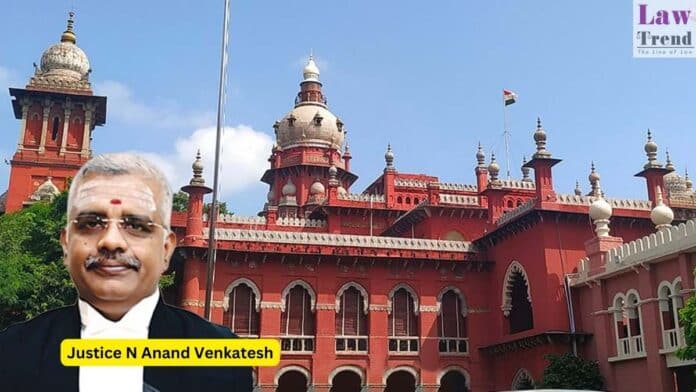In a strongly worded judgment delivered today, a single judge of the Madras High Court, Justice N. Anand Venkatesh, sharply criticized a Division Bench ruling for disregarding over a century of judicial precedent on the ownership of “grama natham” lands in Tamil Nadu. The critique came as part of a common order disposing of four
To Read More Please Subscribe to VIP Membership for Unlimited Access to All the Articles, Download Available Copies of Judgments/Order, Acess to Central/State Bare Acts, Advertisement Free Content, Access to More than 4000 Legal Drafts( Readymade Editable Formats of Suits, Petitions, Writs, Legal Notices, Divorce Petitions, 138 Notices, Bail Applications etc.) in Hindi and English.




